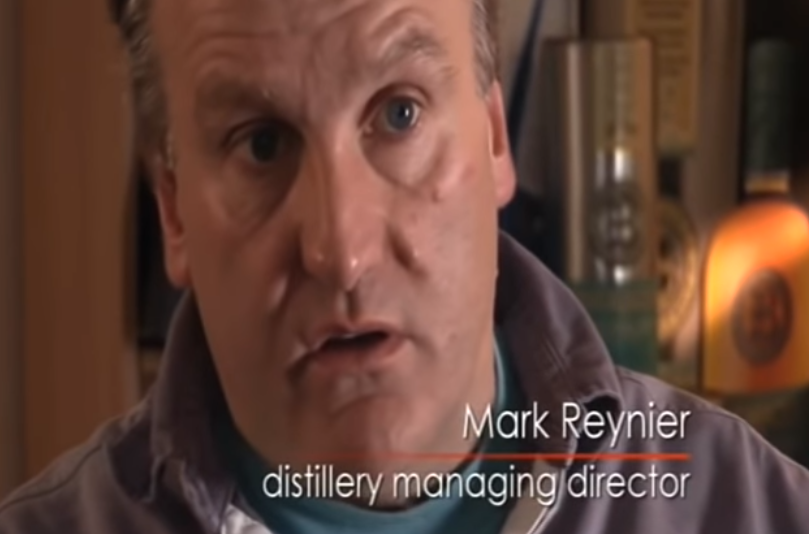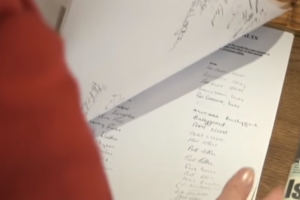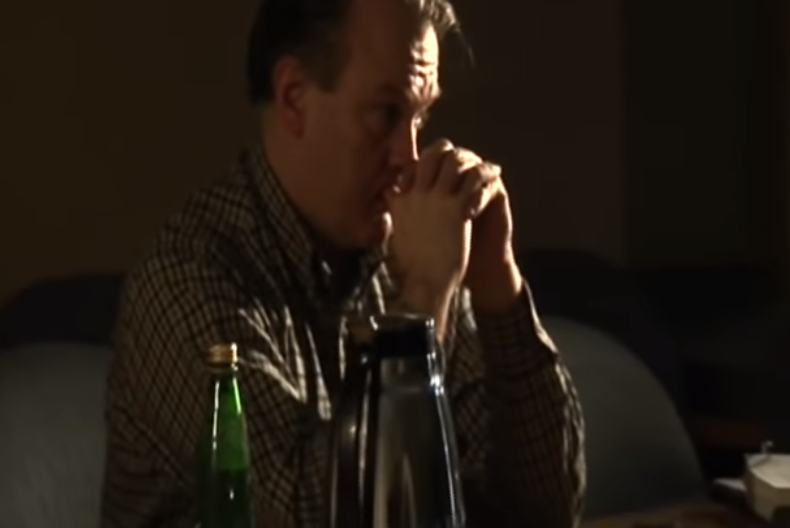ブルックラディ、奇跡の復活劇
ロンドンでワイン卸しのビジネスに携わっていたマーク・レイニア(Mark Reynier)氏。厳選したスコッチのシングルモルトも扱っており、その中にはブルックラディ蒸留所のボトルもありました。2000年の春、彼はアイラ島にサイクリング旅行に出かけた折に、ブルックラディ蒸留所に立ち寄ってみることを思い立ちます。ところが彼が、現地で見たものは廃墟と化した蒸留所!錆びついたゲートに掲げられた「立入禁止、工場閉鎖」の文字だったのです。どのようにウイスキーが作られているのか直に見ることを期待していた彼の夢は見事に崩れ去りました。


"NO VISITORS! PLANT(工場)CLOSED”
中に人影を見た彼は場内を見学できないかと聞いてみるも、「とっとと失せろ」と門前払いをされたそうです。それもそのはずで、蒸留所はすでに(1994年)閉鎖されていました。その場を逃げるようにして引き返していったレイニア氏でしたが、悔しさの中で突拍子もないアイデアが浮かび上がります。

YOUが買っちゃいなよ!
そんなに簡単に蒸留所が作ったり買ったりするものなのかはさておき、彼はすぐさま行動に移ります。蒸留所のオーナーを追いかけて、何度も蒸留所の買い取りを要請する手紙を書き続けました。しかし、その度に断られて続けてしまい、早くも壁にぶち当たります。
この時、アイラ島の住民の間でも動きがありました。蒸留所の再稼働を懇願する署名活動です。人口数千人の島で1000名以上の署名を集めることに成功していました。アイラ島には最盛期に20もの蒸留所が稼働していましたが、好不況の波を受け当時は7か所にまで減少していました。蒸留所のオーナーもめまぐるしく変わり、レイニア氏が交渉していた当時の実質的な親会社はアメリカの巨大資本フォーチュン・グループの傘下となっていました。



事態を打開すべくレイニア氏は次の行動に移ります。実質的なオーナーであったアメリカの親会社に書簡を送ったのです。「スコットランドの辺鄙な島の寂びれた工場(蒸留所)なんか持っていても仕方がないでしょう?だったら売却してくれないですか?」と訴えたのです。


「分かった、売却しよう。ただし条件がある。12月19日の正午までに400万ポンド入金したまえ。間に合わなければ、この話は終わりだ!」

すぐさま出資者の元に向かった彼は、資金調達を開始しました。ところが、約束した時間の5分前に集まった金額は、40万ポンド不足していました!交渉の結末を見届けるために事務弁護士が次々と事務所に入って来ます。関係者が部屋に集まったところで、レイニア氏は集金結果を確認すべくキャッシュデスク係に最後の内線をかけました。ほぼ諦めていた彼が耳にしたのは、予想もしない返信でした。

たった今、入金がありました!目標金額に達しました!!
時計の針が指していたのは11時59分、まさに間一髪でした。



蒸留所の責任者として招聘したのが、ボウモア蒸留所のマスターディスティラーであったジム・マッキュアン(Jim McEwan)氏。彼は見習いから始まり40年以上ものキャリアを同蒸留所で築き上げた業界では知らぬ人はいないほどのカリスマです。その彼の強力な助っ人として加わったのがダンカン・マックギルベイ(Duncan McGillvray)氏、彼は閉鎖されたブルックラディ蒸留所で勤め上げたメカニカルエキスパートでした。両氏の奮闘により新生ブルックラディは2001年5月29日AM8時26分に再稼働を果たします。

"グラスの中にあるウイスキーをよく観察すると、そこにある美しいアロマやテイストの他に、そのウイスキーを造った人たちの努力の結晶を感じることができる。彼らの人としての温もりや想いがグラスから立ち昇ってくるんだ。”(ジム。マッキュアン氏)
“when you go into a glass of whisky, apart from the wonderful aroma and the taste and all that you get, is truly a MIRROR IMAGE OF THE PEOPLE WHO MADE IT, the personality and the character of the men who made it should evolve from the glass.”(Jim McEwan)
